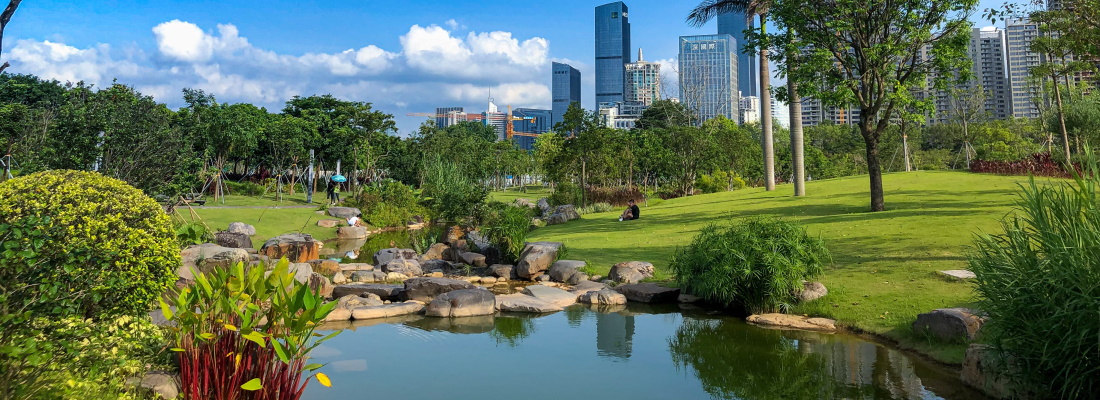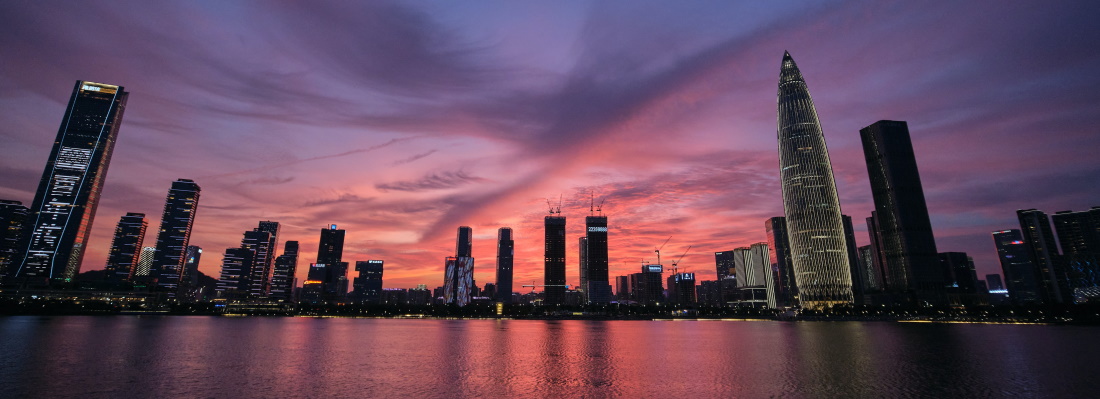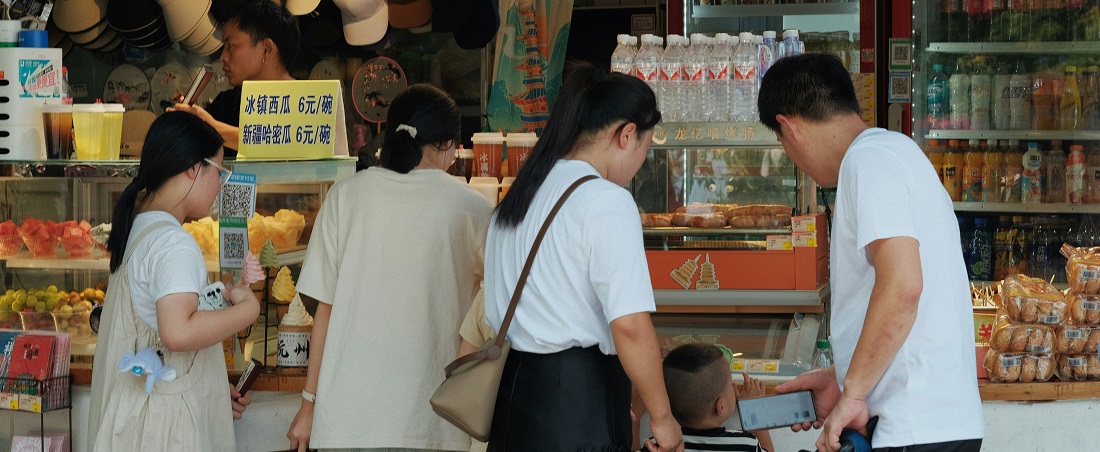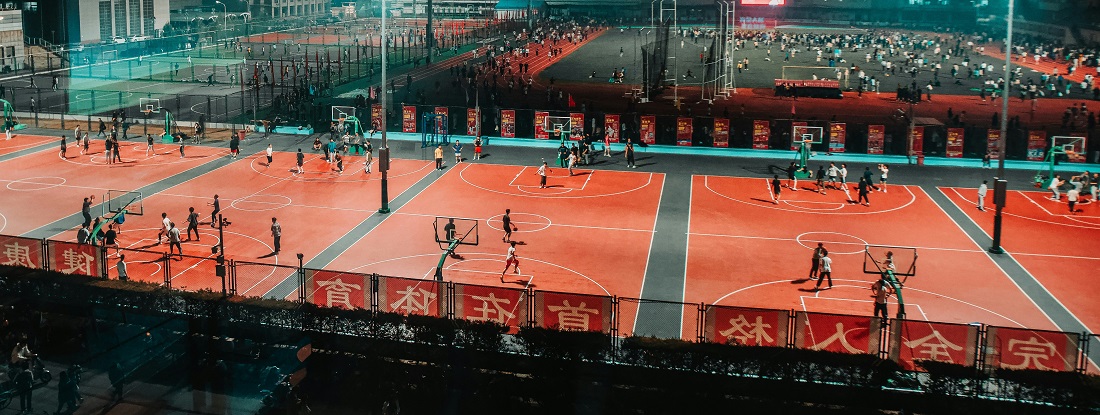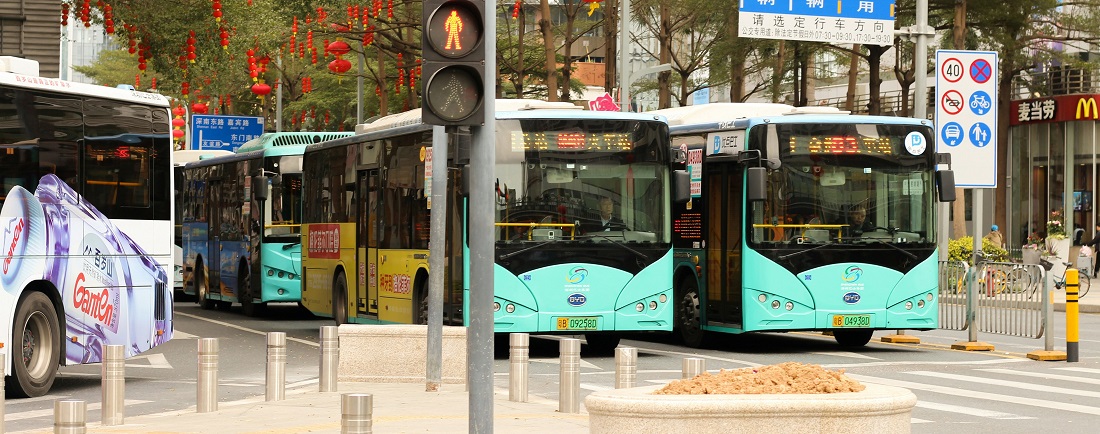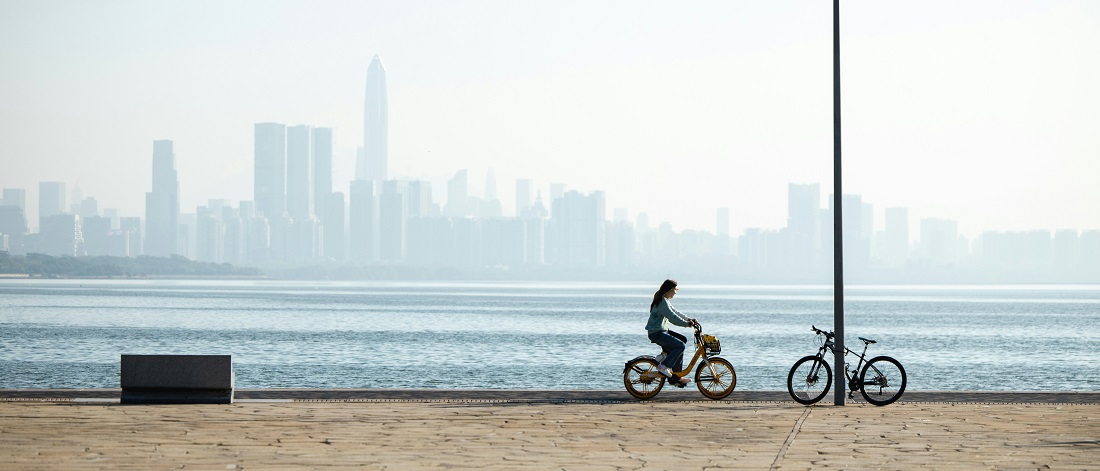As one of China’s megacities and a hub for multinational companies, Shenzhen has a high demand for housing. Shenzhen frequently ranks among the most expensive cities in China. That said, the city’s cost of living and rent prices, although lower than those of cities such as Hong Kong and New York, could prove higher than in London and Dubai.
Accommodation in Shenzhen will likely take up a significant percentage of your budget. It’s best to look into various options when renting in Shenzhen.
Areas and suburbs in Shenzhen

Home to one of China’s Special Economic Zones (SEZ), Shenzhen is a major tech hub that attracts expats from all over the world. The city is divided into 10 districts, each offering unique amenities and lifestyle opportunities. Expat families in Shenzhen prefer living close to the city’s green spaces and international schools to ensure an easy commute to school and work.
Some of the best family-friendly districts in Shenzhen include Nanshan, Shekhou in Nanshan, and Yatian. These districts are home to the largest population of expats in the city, thanks to the beautiful parks, restaurants, and serviced apartments on offer here. They not only allow children to enjoy quick access to school, but parents can also get to their workplaces fairly easily using the excellent public transport network in the city.
Young professionals and single people who want to be in the heart of the action typically like to live closer to the city centre, where rental prices can be higher. Futian is Shenzhen’s largest business and commercial district, which attracts young professionals who prefer a short commute to work.
Luohu is another fantastic area for nature lovers who still want to be in a commercial district. This area has many historical and cultural influences but is fast-growing as a metropolitan area with many restaurants, karaoke bars, and diverse shopping experiences.
See Best (and worst) Areas and Suburbs in Shenzhen for more on the city’s neighbourhoods.
Types of accommodation in Shenzhen
Shenzhen is one of China’s wealthiest cities, and as such, many luxury accommodation options are available.
Most accommodation is in the form of apartments, including regular and serviced apartments and compounds. Regular apartments are usually partially furnished and have basic amenities such as televisions, kitchen appliances, and washing machines.
Expat families may prefer a home in a gated apartment complex. Apartment compounds offer shared facilities, including gardens and swimming pools – great for families with kids. On the other hand, serviced apartments offer a whole spectrum of amenities and facilities, much like a hotel, and come at a premium.
If you’re staying in Shenzhen temporarily, you may afford to stay in one of these fully furnished flats. Tenants can enjoy a lavish lifestyle, potentially with access to a gym and swimming pool, housekeeping services and on-site restaurants.
Flatshares are a popular way of renting an apartment in Shenzhen. Given the high cost of accommodation, it is not uncommon for young or single expats in Shenzhen to seek out roommates. Having roommates divides up rental expenses and makes Shenzhen’s popular areas and suburbs more accessible.
Finding accommodation in Shenzhen

Some companies may include furnished accommodation in an expat contract for employees who are working in China.
Individuals who do not have this benefit are advised to use a local real estate agent who specialises in expat rentals. Fees can be up to one month’s rent. If you don’t speak Mandarin, estate agents are your best bet at successfully navigating the language and cultural barriers that may hamper your apartment search in Shenzhen.
Online property portals are also a fantastic starting point, allowing you to begin the search before you even arrive in Shenzhen. Online advertisements looking for roommates in Shenzhen are another common way for expats to find a home and establish connections in the city.
Useful links
Renting accommodation in Shenzhen
Renting accommodation in Shenzhen can be a complicated process full of hidden costs and lengthy processes. We recommend reading through lease agreements and asking landlords and estate agents about any and all pressing questions before signing.
Making an application
After you have found a suitable apartment, you must submit an application to your landlord or their real estate agent. This typically involves providing a copy of your passport, visa, and employment contract if you are working in Shenzhen.
You’ll also need to register your presence with the Police Security Bureau (PSB) within 24 hours of moving into your home. You must request your landlord’s ID and the property ownership certificate, which must be submitted with the lease agreement and your identity documents.
Leases, costs, and fees
Expats doing business in China frequently come and go, so there is a demand for transient and short-term accommodation. You can rent property short-term on a weekly or monthly basis. Outside short-term accommodation, the lease length is usually 12 months, which is often negotiable.
To secure a property, you will likely be required to make a deposit of at least one month’s rent. Tenants may need to pay at least one or two months’ rent upfront.
Read Accommodation in China for more on rental processes in the country.
Utilities in Shenzhen
You should be aware that most monthly rental prices do not include utilities such as water and electricity or property management fees.
Modern apartment complexes with amenities such as gyms and swimming pools are likely to charge additional monthly maintenance fees, which could significantly increase the advertised rental costs.

Electricity
Shenzhen Energy is the primary electricity provider in the city. The electricity account is likely to remain in the landlord’s name, who will send you the monthly electricity bill.
You can set up an automatic debit for your electricity bill or make payment through multiple online platforms like Alipay or WeChat Pay. This is often the easiest method for expats, as these platforms offer their services in multiple languages.
Gas
Shenzhen uses a mixture of piped and bottled gas, and there are several providers, with the largest being Shenzhen Gas Corporation. If you live in an area where there is piped gas, your landlord will typically keep the gas account in their name and send you a monthly bill.
The meter readings are frequently estimates, so we encourage you to read your meter and send the usage details to your landlord monthly to avoid being overcharged. Similarly to electricity, you can make payment through an automatic debit or using Alipay or WeChat Pay.
Bottled gas is typically delivered to your home by a local gas company. You can simply ask your landlord or residential estate manager to add your name to the delivery list, and you will receive a steady supply of bottled gas.
Water
The Shenzhen Water Group is responsible for treating and supplying drinking water across the city. If you need to transfer the account from the previous tenant’s name or the landlord’s, you can simply visit a local office or apply for a transfer online.
You must provide your passport and residence permit and may be required to pay a small deposit to start the service. Although the tap water in Shenzhen is treated, many locals prefer to filter or boil it, while others drink bottled water. We recommend filtering the water and following local advisories on its cleanliness.
Bins and recycling
The Shenzhen Municipal People’s Government is responsible for the overall waste strategy, while local municipalities are responsible for collection. The city encourages sorting waste at source and has introduced smart waste initiatives that encourage recycling by offering cash rewards to those who drop off sorted recyclables.
Waste sorting is mandatory in the city, and those who fail to comply can expect to receive fines. You should note that waste is divided into four categories in Shenzhen:
- recyclables
- kitchen waste
- harmful waste
- general waste
Waste collection is on a regular schedule that differs in each district. We recommend finding out your specific collection schedule from your landlord, building manager, or real estate agent to help you stay on track.
Useful links



